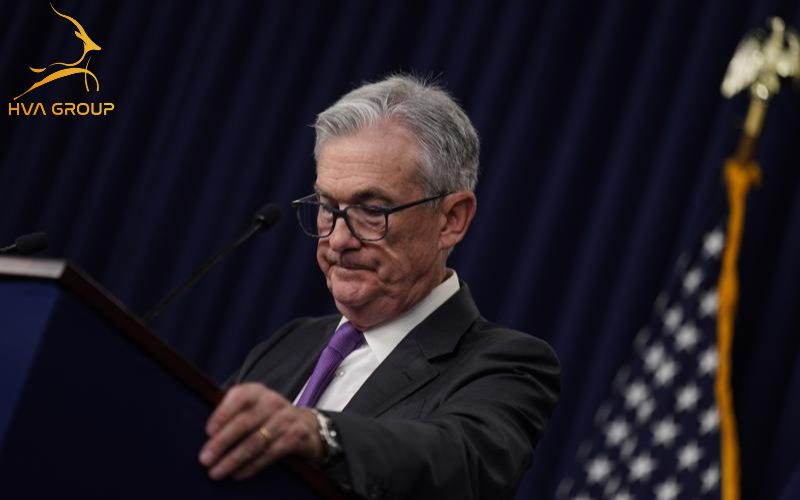
Federal Reserve policymakers concluded at their most recent monetary policy meeting that they would need to keep interest rates at current levels for longer than expected, after the Fed reported its third consecutive month of disappointing inflation data in April.
Minutes from the April 30-May 1 meeting released by the Fed on May 22 showed that officials on the Federal Open Market Committee (FOMC) — the Fed’s policy-making body — judged that interest rates were high enough to slow economic growth and inflation. But they signaled that they were uncertain about how much restraint these rates would place on economic activity and price pressures.
An unspecified number of officials “mentioned a willingness to tighten policy further if inflation risks materialize in a manner that makes such action appropriate,” according to the minutes.
At this meeting, the Fed kept the interest rate unchanged at 5.25-5.5%, the highest level in more than 2 decades. The Fed's operating rate has been flat since last July, when the central bank completed its fastest and most aggressive series of interest rate hikes in 40 years to combat the highest inflation in more than 4 decades.
Inflationary pressures in the US eased significantly in the second half of last year, and Fed officials signaled in March that they might be ready to cut rates if there were another month or two of weak inflation data. However, March’s batch of data showed that inflationary pressures were still simmering in the economy, and the Fed was forced to hold off on considering starting to cut rates for several months unless the labor market unexpectedly weakened.
A measure of core inflation, which excludes volatile food and energy prices, rose 2.81 percentage points in March from a year earlier, down 2 percentage points from March 2023.
However, the 12-month measure masks recent setbacks in the pace of disinflation: in the six months through March, prices rose at an annual rate of 31.3 percent, up from 1.91 percent in the six months through December. That is well above the Fed's 21.3 percent inflation target.
After the Fed’s most recent meeting, official data showed that price pressures had not accelerated further, giving markets some reassurance that the Fed would not need to raise interest rates further.
“The likelihood of the Fed raising rates further is very low right now,” Fed Governor Christopher Waller said at an event in Washington on Tuesday. The Fed’s next monetary policy move is likely to be a rate cut rather than a rate hike, but there is no guarantee that the Fed will cut rates this year if inflation does not fall as much as Fed officials expect, Waller warned.
The Fed is trying to balance two risks. On the one hand, if the Fed cuts rates too soon, investment and spending will increase, and asset prices in the US economy could rise, making it difficult for inflation to fall back to the Fed’s 2% target. On the other hand, if the Fed waits too long to see evidence that its tight monetary policy is causing a labor market downturn, the economy could be pushed into recession by persistently high interest rates, eventually forcing the Fed to cut rates quickly and aggressively.
“Right now, we don’t see anything that looks like it’s going to last for the next three or four months that would tip the economy into recession,” Mr. Waller said Tuesday.
Source: VnEconomy








